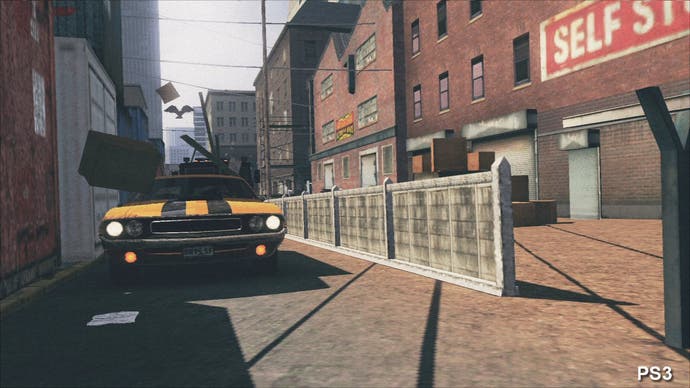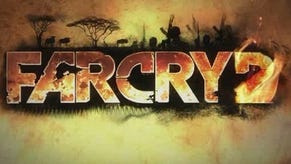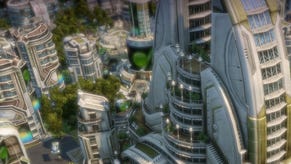Face-Off: Driver: San Francisco
Shift happens.
In all of these matched sequences, it is clearly the Xbox 360 version that commands the performance advantage. Screen-tear is present but the Microsoft console produces a far more stable experience, with very few torn frames. In comparison, the PlayStation 3 doesn't fare so well at all. While frame rates only dip slightly, the tearing is much more pronounced and noticeable.
So, a cut-and-dried advantage to the 360 then? Perhaps not. Following this test, we compared captures from several driving/racing-based missions to get an idea of how the Driver engine coped during general gameplay. In these conditions we found that the game performed admirably in holding onto its 60Hz refresh, screen tear was fairly minimal, and the experience of playing the game was basically interchangeable between the Xbox 360 and PlayStation 3.
In truth, these results are somewhat surprising because in many places Driver does indeed have judder (indicating dropped frames) that's especially noticeable when sharply turning corners, and it's difficult to avoid the screen-tear in many missions. The overall sense we get from the game is that Reflections has done a hell of a lot of work optimising for each specific platform and the basic fact of the matter is that each console has its own specific strengths and weaknesses. When you're dealing with such an ambitious design that has to refresh game logic and rendering in just 16.66ms, the chances are that we're going to see different elements present varying challenges to each set of hardware.
In the first test, we were dealing with preset cinematics that we would imagine would mostly be presenting rendering challenges. Clearly there's already a lot of specific processing budgeting going on in order to accommodate the simultaneous decoding of FMV sequences elsewhere in the cut-scenes, so perhaps it is not the best test of actual gameplay. In our final analysis we concentrate on missions where frame-loss and screen-tear were much more evident, and the conclusion is fairly straightforward: in this test, it's the PS3 that has the superior performance level.
In these tests we've tried to demonstrate the varying performance level of the game and picked out scenarios that show both versions at their best - and at their worst. There are commonalities between the two: lots of tyre smoke/alpha gives a noticeable frame-rate hit on both platforms. Sharp turns also seem to give both versions pause (perhaps streaming/decompressing new art very quickly is the issue here) while in other places in the city, immense draw distances can also have an impact, especially when working in concert with lots of traffic.
Short of analysing all the hours of footage we have - a process that would take days - the overall feeling we get is that across the entire run of play, it's the PlayStation 3 version that is generally smoother and that it seems to handle car impacts and other physics-based challenges a touch better than the Xbox 360 game.
Away from the anti-aliasing and general performance level, any differences we see tend to be minor technical curiosities and bugs. As is increasingly becoming the norm, real-time shadows are edged with hardware PCF (percentage closer filtering) on PlayStation 3, while the 360 version has smoother, dithered edges. Only on close-up viewpoints does it really make any difference; shadows are generally processing-intensive so they're of a fairly low resolution on both platforms.
In cut-scenes we also see some ordering issues with incidental environmental detail on the Sony platform, where elements appear to be rendered in the wrong order - this doesn't seem to be noticeable in gameplay. Also, texture filtering on the Xbox 360 appears to be a little more refined: again, only really apparent on cut-scenes.




Bearing in mind the collection of technologies that Reflections has pulled together here, it's a miracle that Driver: San Francisco is as fully realised as it is on both console platforms. There are a number of remarkable elements in the game that we've not seen before.
For example, the cut-scenes are a combination of 60Hz engine-driven elements combined with full-motion video running at half the frame rate. Reflections have their streaming technologies sorted to such a degree that there's absolutely no pause between FMV and in-game sequences. Not only that, but they can run them simultaneously too, to produce 24-style split-screen effects.








